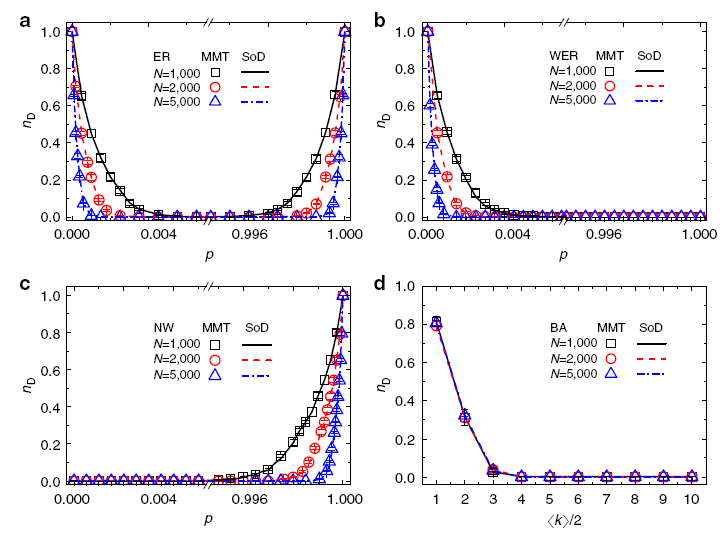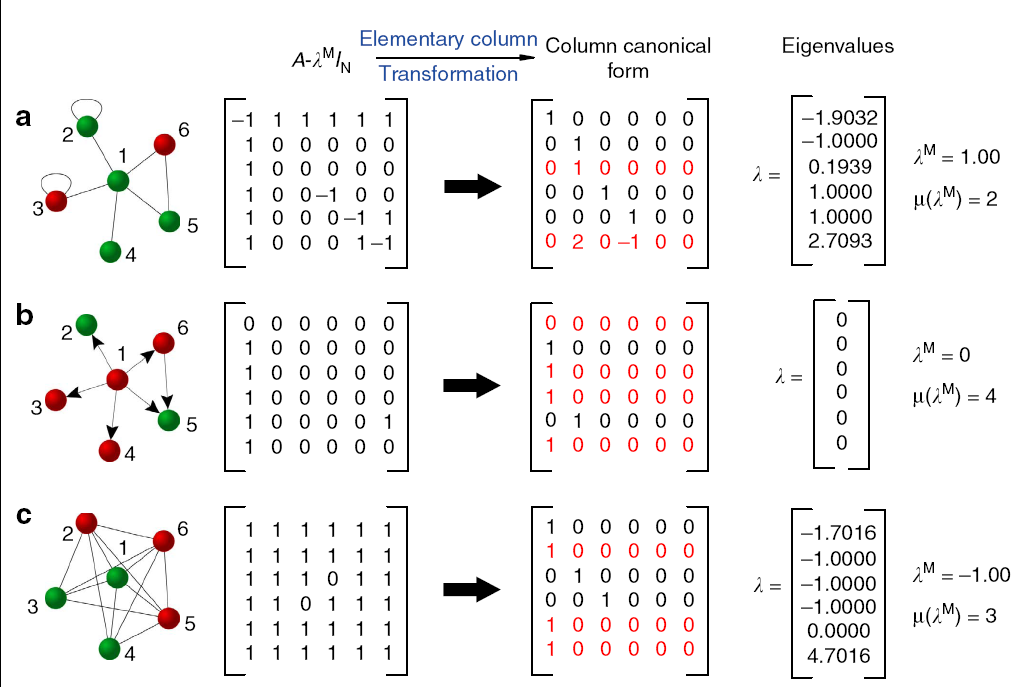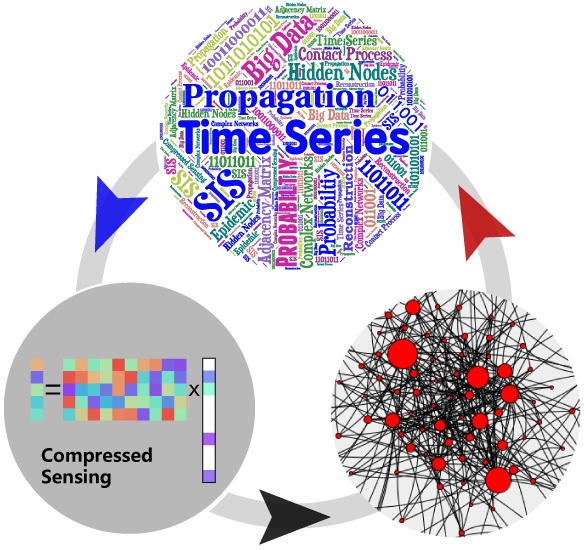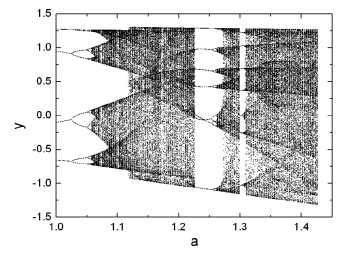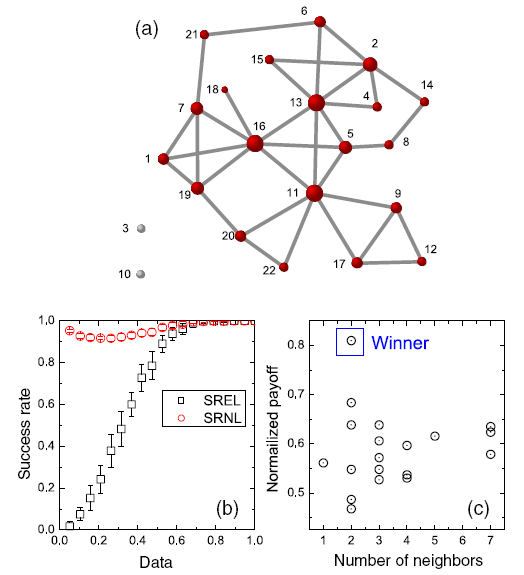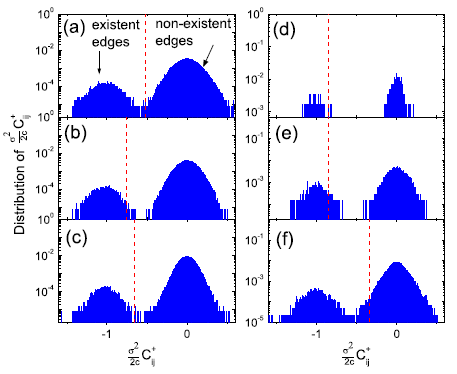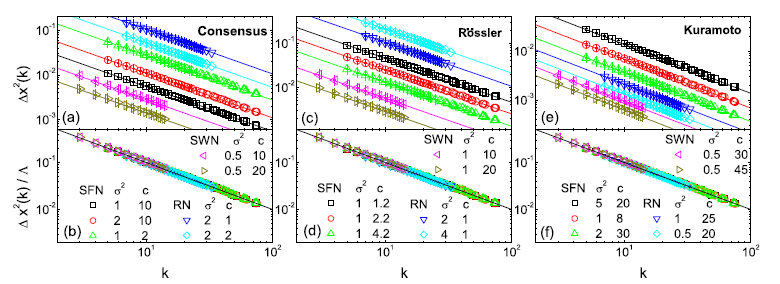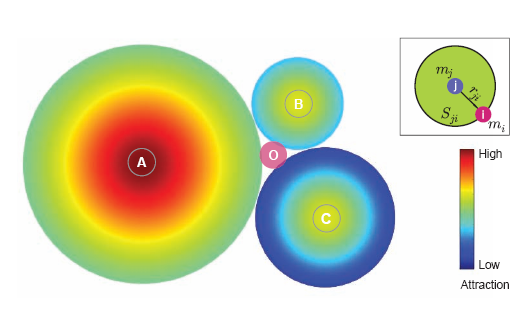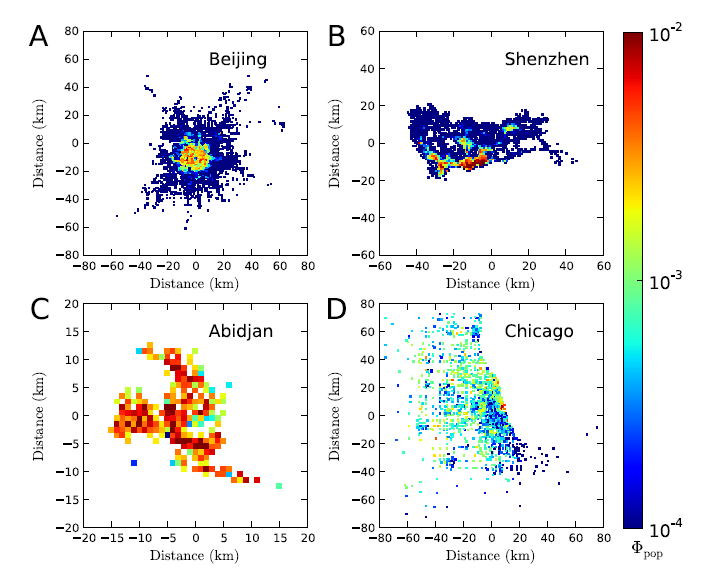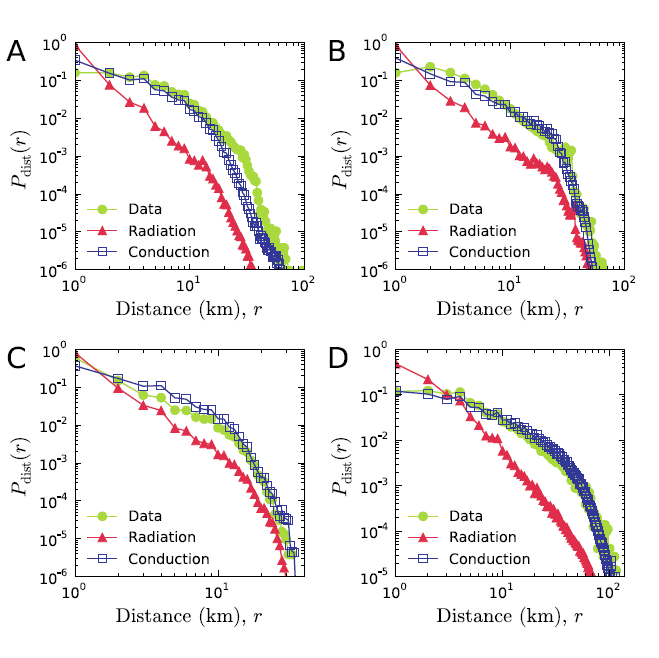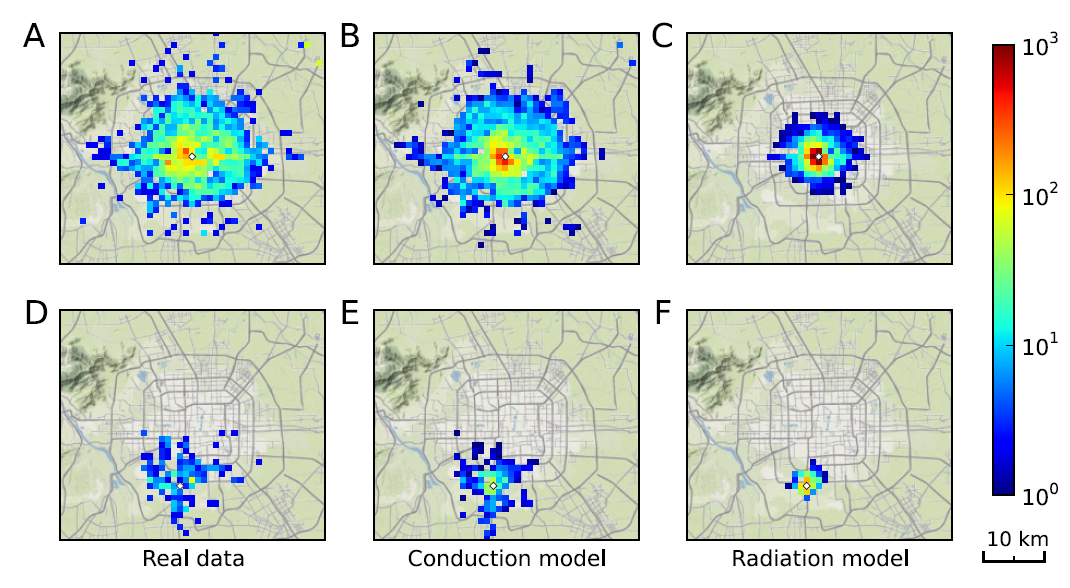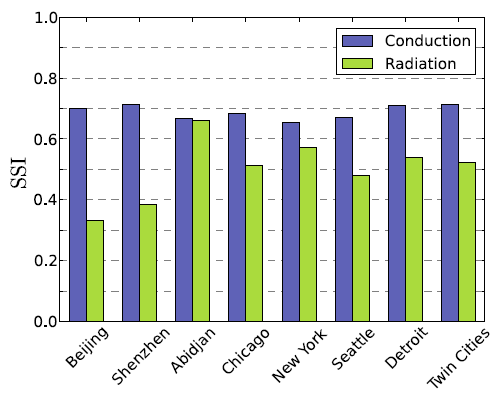 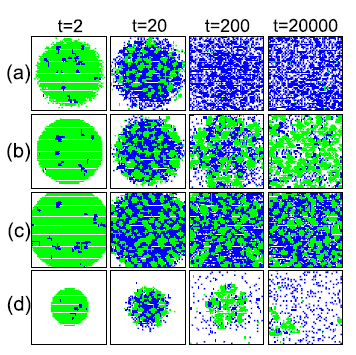 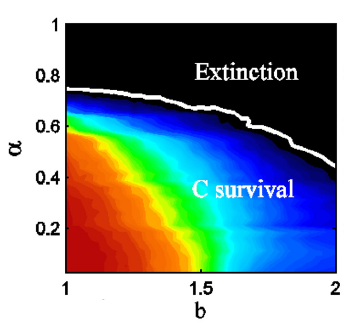 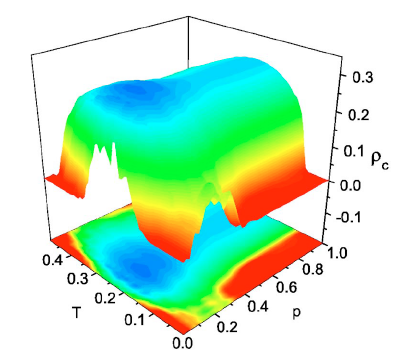 |
Cooperative behaviors ubiquitous in nature and society somewhat contradict to the Darwin's theory in that selfish behaviors usually gain more profits from the competition with altruistic behaviors, such that suppose to prevail during the evolution of species. So far, tremendous efforts have been dedicated to address the puzzle of nature. We attempt to explain the emergence and persistence of cooperation among selfish individuals by incorporating the network science.
We have discoverd several natural mechanisms that facilate cooperative behaviors, including memory-based strategy updating, see here, adaptive migration, see here, coevolving time scale, see here, diversity, see here, asymmetric cost, see here, dynamical and structural randomness, see here, and connection density, see here. In particular, we found that the presence of death induced by low payoffs can trigger an avalanche process, rendering the elimination of defectors and a pure cooperative environment, see here. For some specific rule of strategy updating, there exhibits hysteresis loop in the cooperation level, suggesting the existence of bistate states, in analogy with that in nonlinear dynamics, see here. |
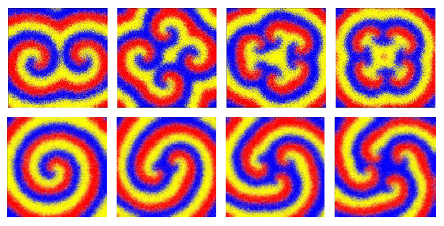
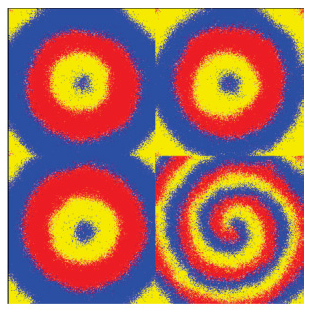 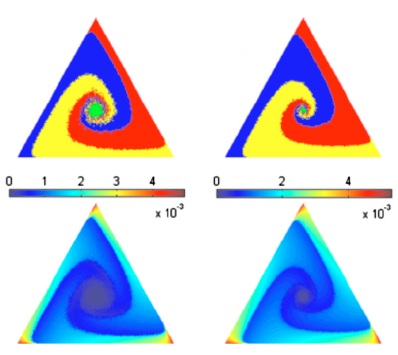

|
Biodiversity is ubiquitous in nature and fundamental to
evolution in ecosystems. However, a significant challenge
remains in understanding biodiversity since, by the
principle of natural selection, only fitter species are supposed
to be capable of surviving from interactions and competitions
with other species for limited resources. Evolutionary game theory has been used as
a paradigm to address the coexistence of competing species,
which is the key to sustaining biodiversity.
Species in nature are typically mobile over diverse distance scales, examples of which range from bacteria run
to long-distance animal migrations. These behaviors can have a significant impact on biodiversity. Addressing
the role of migration in biodiversity microscopically is fundamental but remains a challenging problem in interdisciplinary science. We incorporate both intra- and inter-patch migrations in stochastic games of cyclic
competitions and find that the interplay between the migrations at the local and global scales can lead to
robust species coexistence characterized dynamically by the occurrence of remarkable target-wave patterns. In a broad range of parameter space, target waves at different patches exhibit synchronizeation and time-delayed synchronization, stablizing the coexsitence of three species with cyclic competitions, see here. We have also found plane waves in spatial Rock-Paper-Scissors games, see here, basin of attraction and extinction, see here, the dual effect of epidemic spreading on species coexistence, see here, and multi-armed spirals and multi-pair antispirals in spatial Rock-Paper-Scissors games consisting of mobile populations, see here. |
